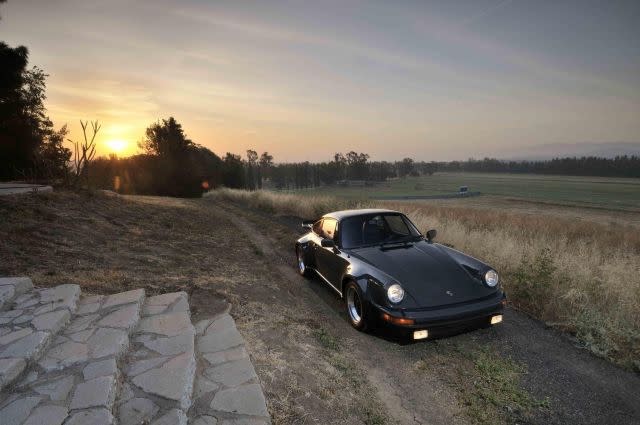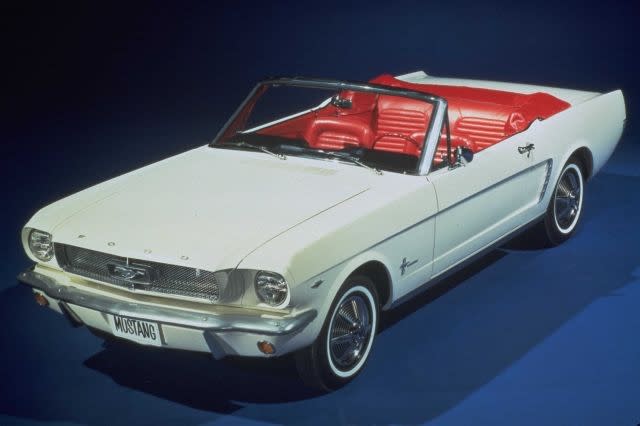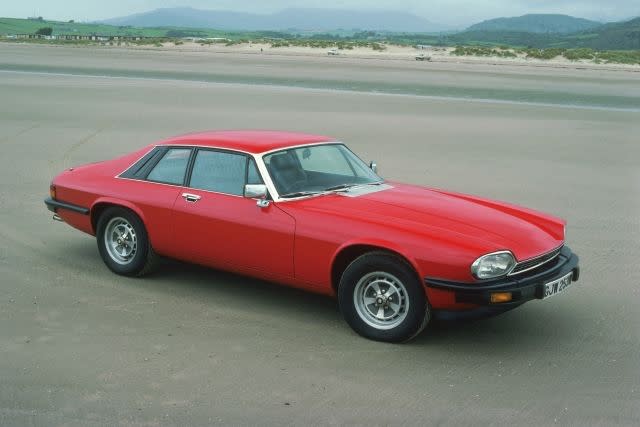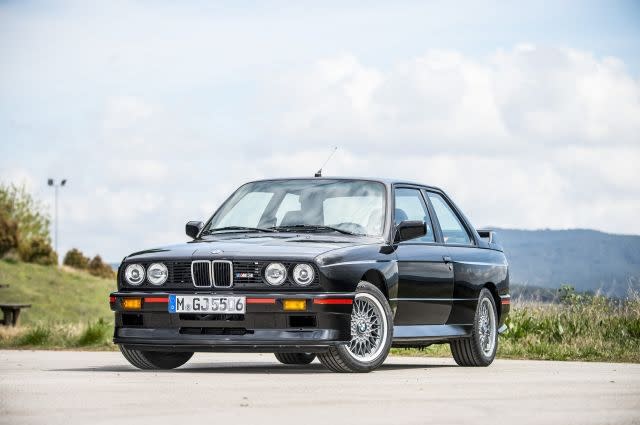Inside the world of the concours: What makes a car a classic?
What makes a car go from collecting dust and rust to becoming collectible? Is it rarity, performance, aesthetics, pop culture clout or is it really all down to individual taste?
For the world's oldest carmakers, the definition is simple. "When a car has been out of production for 10 years we define it as a classic," explains Jaguar's Tony O'Keeffe. "The reason for that is that as a manufacturer we are obliged to supply parts and components 10 years after the life cycle of the car."
That definition works well if the car in question is a Jaguar XK8 which officially became a Jaguar classic this year. However, the same definition starts to crumble when applied to a fourth-generation Ford Taurus.
For McKeel Hagerty, CEO of classic car valuations and insurance company Hagerty, a car's classic status should be judged primarily on its emotional value rather than age. "It's a desirable vehicle, the 'fun car you don't have to have' versus a vehicle being valued for its transportation utility," he says.
And people can give their heart to a particular car for a host of reasons. "Nostalgia, family ownership, performance, visual appeal or historical significance just to name a few," continues Hagerty. "The ‘cool factor' and aspirations of being like a long-time pop culture icon, such as Steve McQueen or James Bond, can also greatly influence attraction."
The McQueen effect is well documented in classic car circles. If he owned one, people want one, from a Jaguar XKSS to a Porsche 930 Turbo.
Unfortunately McQueen is no longer with us to give cars his seal of approval, so are there any elements all classics have in common such as emotional appeal increasing with rarity?
"Usually a car becomes a classic if it's a relatively low-volume car from a reliable and established manufacturer," says O'Keeffe. "A car like a Ford Fiesta doesn't automatically become a classic because of the volume of production."
Exceptions and the emotional factor
But even here, there are exceptions, such as the 1964 Ford Mustang, the fastest selling car in US history. "Now you're talking about my favorite car," admits O'Keeffe. "That is where the emotions of a brand get to you and add a bit more to it. Classic cars are an emotional decision, it's the heart not the wallet that makes the choice."
One of the biggest signs that a car is becoming collectible is price. "Once a vehicle's value has hit the bottom of the normal depreciation curve and begins to trend back upward above the rate of inflation you know there is growing interest in the marketplace," explains Hagerty.
And at the moment, in the US market the cars that are really starting to spike are surprisingly diverse. "Third generation Chevrolet C/K pickups and Jeep CJ-7s have been surprise movers over the past few months," says Hagerty. "Sports cars like the Porsche 944 and Nissan 300ZX have also done well in the market."
In fact, Hagerty's latest vehicle rating report shows that the original Honda Acura NSX, the 1986 BMW M3, and the Jaguar XJ-S are also starting to make a stronger emotional connection and could be on their way to modern classic status.






